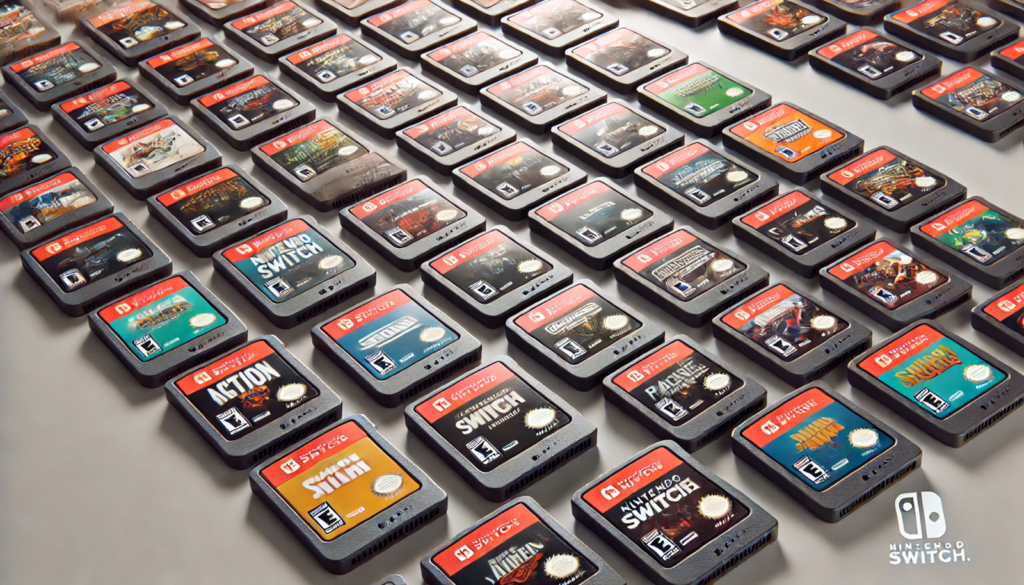Nintendo is shaking up its pricing model.
In a recent conversation with The Washington Post, Nintendo of America President Doug Bowser suggested that the company is moving toward a more flexible, game-by-game pricing strategy.
“What you’re seeing is variable pricing,” Bowser explained. Rather than locking future titles into a single standard price, Nintendo plans to evaluate each release individually. Factors such as the scope of development, gameplay depth, long-term replayability, and overall player experience will guide the company’s pricing decisions.

“We’ll look closely at every game,” Bowser said. “How durable is it over time? How much can players come back to it and enjoy new experiences? These things matter.”
While Nintendo has not formally announced a baseline price for upcoming titles, Bowser emphasized that players should expect prices to vary depending on the content and quality of each release.

The move signals a broader industry trend toward higher pricing. With major titles requiring increasingly large investments in development time and resources, companies are rethinking the established price levels. We already saw an increase with the new generation of consoles. Nintendo’s shift could also open the door for more competitively priced smaller titles — or premium pricing for expansive flagship games.
Still, it’s hard to ignore the obvious: Nintendo is nudging prices higher. “Variable pricing” sounds good on paper, but in practice, it often means fans end up paying more for the same beloved franchises. Games are already expensive, and without a clear pricing benchmark, it feels like Nintendo is testing how far they can push the limit.



